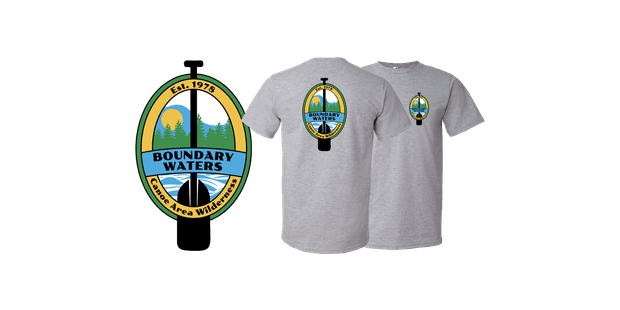Choosing the Right Canoe
With only 900 or more canoe models to choose from — and with each manufacturer having its own classification system — what could be easier than picking out a canoe? And don't forget that canoes can be made from cedar strips, wood and canvas, aluminum, fiberglass, Kevlar carbon fiber, polyethylene and Royalex. It's no wonder so many people end up buying the wrong canoe — which means enjoyment and safety are compromised. Following is a way to choose the appropriate craft for your intended use.
Ask yourself how you will use your canoe. This will make your final decision easy because shape, size, and construction all suit different performance requirements. Answer the following: Do I want to lake paddle, river paddle, or both? Will I paddle solo, tandem or triple? Do I want to do extended journeys? Will I be portaging, and how heavy a boat can I carry? How much maintenance am I willing to perform? Is my primary interest whitewater playboating and rodeo paddling? Will I use my canoe mainly for fishing or hunting? Do I want a canoe for casual use around the cottage?
~Get the BWCAW Tee~
With over 1,090,000 acres of wilderness area, the BWCAW is a paddler's paradise.
You should now be able to place yourself in one of the following categories: Lake Touring; flatwater port-wildlife viewing, fishing and hunting; expedition paddling; whitewater touring; whitewater playboating and rodeo. Once you know the category of the canoe you want, it is simply a matter of knowing how to recognize what length, width, shape, and construction your hull should be.
The Right Stuff
Expedition and whitewater canoes must be strong to withstand the rigors of river environments, whereas lake touring and sport canoes must be strong enough to carry the desired load but light enough to be portaged. A nice combination of materials for touring and sport canoes is a hull made from Kevlar with wood gunwales, thwarts, and seats to keep it light. Expedition and whitewater canoes are best made from Royalex, polyethylene, or Kevlar — with vinyl-clad aluminum gunwales to ensure they can take abuse.
The Final Tactic
Paddle as many canoes as possible before you purchase. Demo the boats in the same kind of water you intend to use them in. Try performing the same maneuvers in each hull to ascertain the responsiveness of each boat. Load the craft and see how it changes performance. Choose a dealer who is experienced in canoeing so that you get professional input and not guesswork. If you choose the right canoe it will spend more time on the water and less time under the front porch.
Douglas Wipper, a former director of the National Canoeing Schools of Canada, is the director of the Steamboat Springs Canoeing School in Steamboat Springs, Colorado. He has instructed canoeing for universities and private camps for more than 30 years.
Related Articles
Ken Whiting answers the big question for new paddlers - Do you go for a canoe, a kayak, or a stand up…
I have been to a number of kayaking events over the last three months where numerous kayaks have been…
A critical step in narrowing down your choice of boat, for either a first-time buyer, or for a paddler…
Kayaks come in a variety of shapes and sizes and can be made from many different materials. Each design…



